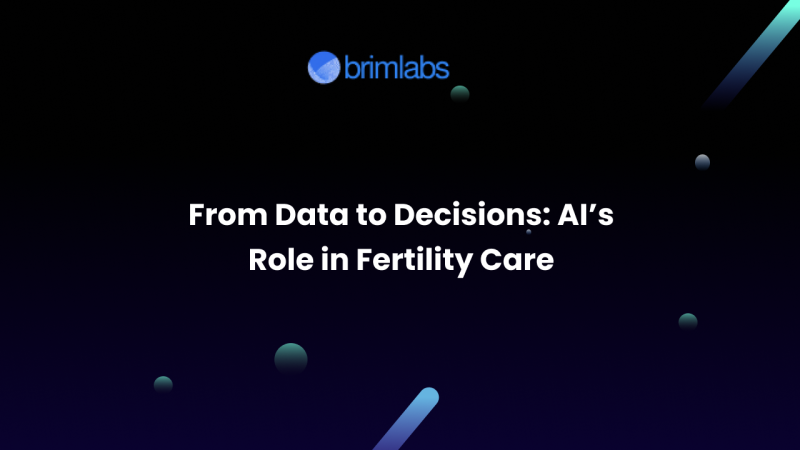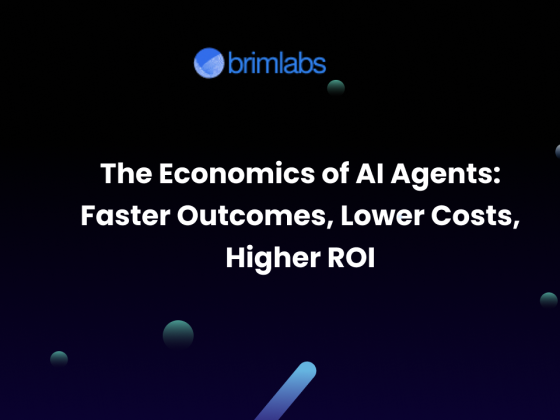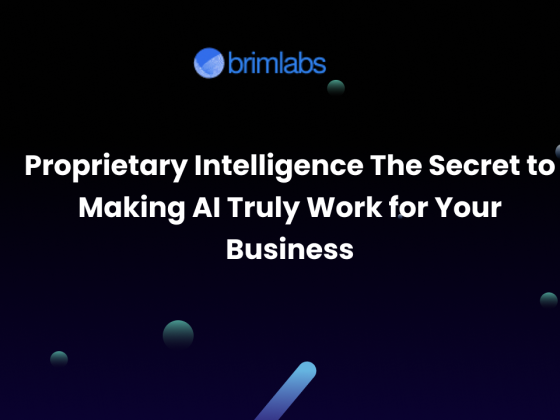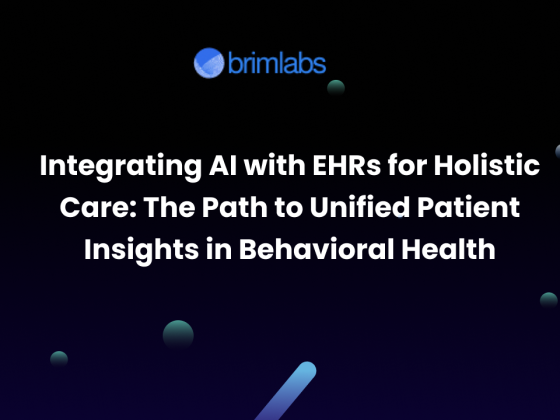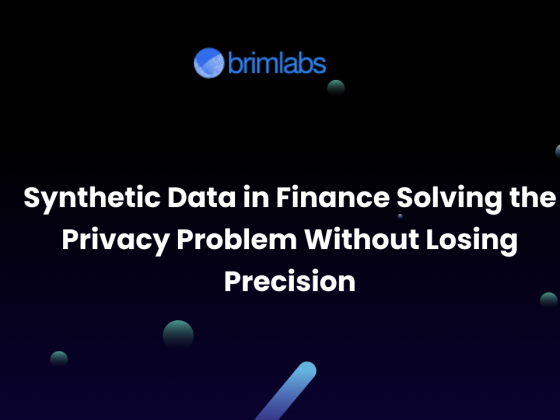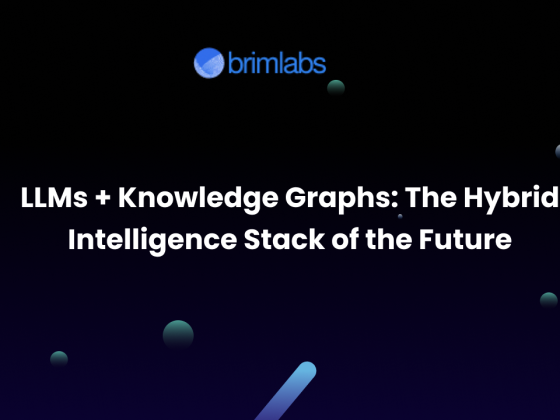Fertility treatment is one of the most emotionally charged and financially demanding areas of healthcare. Every cycle counts, yet every cycle comes with uncertainty. Patients often describe the IVF journey as a mix of hope, science, and guesswork, and for decades, much of the decision-making has indeed relied on intuition, partial data, and generalized protocols.
But in 2025, the environment around fertility care is shifting fast. The global IVF market, valued at over $28B in 2024, is projected to cross $40B by 2028. At the same time, success rates are plateauing around 30 to 35 percent per cycle in many regions. Patients are becoming more informed, asking tougher questions, and demanding transparency around probabilities, costs, and expected outcomes.
AI, particularly predictive analytics and machine learning, has emerged as the bridge between raw medical data and smarter, faster, patient-centered decisions. Fertility clinics that harness this technology are moving from reactive care to proactive, data-driven care. Those who ignore it risk losing not only patient trust but also financial sustainability.
The Data Problem in Fertility Clinics
Every IVF cycle generates an enormous amount of data:
- Hormone levels (FSH, LH, estrogen, progesterone) across multiple days.
- Ultrasound scans tracking follicle growth and endometrial lining.
- Embryo development images in incubators over several days.
- Patient demographics, lifestyle factors, and genetic backgrounds.
- Lab variables such as culture conditions and stimulation protocols.
The challenge? In most clinics, this data sits fragmented in silos, across lab systems, electronic health records, Excel sheets, and even handwritten notes. Clinicians are forced to make decisions with incomplete visibility.
Callout Insight: Over 60% of fertility clinics worldwide lack an integrated data pipeline, leaving valuable insights untapped. The result is:
- Credibility gaps: Patients receive vague “average success rates” rather than individualized predictions.
- Lost trust: Inconsistent recommendations erode confidence, leading to higher dropout rates.
- Revenue leakage: Each abandoned cycle can cost clinics between 10,000 and 20,000 dollars in missed revenue.
Insight: Clinics that fail to leverage their own data risk falling behind in both outcomes and business growth. Data is no longer a byproduct, it is a competitive advantage.
Predictive Analytics in Action How AI is Shortening the Cycle
1. Embryo Imaging and Selection
Traditionally, embryologists grade embryos visually, assessing morphology and developmental milestones. But human judgment varies widely, and many embryos that “look good” still fail to implant.
- AIVF: In European clinics, AIVF’s AI-driven embryo scoring system analyzes time-lapse incubator images. ESHRE 2025 findings showed embryos with high AI scores were 3.5 times more likely to result in pregnancy compared to low-scoring embryos.
- Life Whisperer: Cloud-based embryo assessment that can improve embryo selection accuracy by up to 25% compared to embryologists alone. A US validation study showed the AI system outperformed most human embryologists in predicting implantation.
- Alife Embryo Ranking: Piloted by US Fertility, the tool standardizes embryo cataloging and empowers patients with richer insights into embryo quality.
Callout Insight: IVF success rates per cycle hover at only 30–35%. AI can improve embryo selection accuracy by up to 25%.
Impact: By improving embryo selection accuracy, clinics reduce failed transfers, shorten time to pregnancy, and improve patient trust in decision-making.
2. Hormone Monitoring and Stimulation Protocols
Ovarian stimulation is both costly and physically taxing. Over- or under-dosing can lead to failed cycles, excessive side effects, or unnecessary financial burden.
- Alife Stim Assist: In a multi-center US study, patients guided by this AI tool used lower total gonadotropin doses without compromising egg yield or quality. This not only reduced costs but also improved patient comfort.
- Mira Fertility: Provides home-based hormone monitoring of LH, estrogen, and progesterone metabolites. A 2024 study confirmed strong correlation between Mira’s urinary results and serum levels, validating its clinical use.
- Proov Confirm: Tracks a progesterone metabolite across multiple days to confirm quality ovulation, offering richer data than a one-time blood draw.
Callout Insight: IVF medications can cost $3,000-$6,000 per cycle. AI-driven dosing tools are already cutting costs by up to 20%.
Impact: Personalized dosing reduces cycle cancellations, lowers costs, and shortens time to retrieval.
3. Prognostics and Patient Counseling
The uncertainty of “what are my chances?” is one of the biggest emotional burdens for fertility patients. Predictive analytics answers that with personalized probabilities.
- Univfy: By training models on clinic-specific datasets, Univfy delivers individualized live birth predictions. In a 2025 Nature Communications study, local models outperformed national averages, giving patients clearer expectations.
- Carrot Fertility: Through employer-based benefits programs, Carrot uses AI-driven education and counseling to help patients choose safer and more effective options, such as single embryo transfers.
Callout Insight: Up to 30% of IVF patients drop out before completing treatment due to uncertainty and cost. Transparent AI predictions reduce dropout rates.
Impact: Transparent, data-backed counseling increases patient trust, reduces dropouts, and aligns financial planning with realistic outcomes.
4. Operational Efficiency in Clinics
AI is also streamlining operations, reducing the administrative burden on staff:
- AI-powered chatbots for patient queries free up nurses and coordinators.
- Predictive scheduling tools optimize lab and clinical workflows, reducing bottlenecks.
- Automated reminders improve medication adherence, lowering protocol errors.
Callout Insight: Clinics using AI for patient reminders have seen adherence rates rise by up to 40%, cutting costly delays.
Impact: Clinics adopting AI reduce overhead costs, improve patient experience, and scale capacity without hiring additional staff.
How Clinics Using AI Deliver Better Healthcare
- Higher patient satisfaction: Transparent predictions and personalized plans make patients feel empowered, not left in the dark.
- Reduced dropouts: Clinics using predictive tools report higher treatment completion rates, as patients are less likely to abandon cycles mid-way.
- More equitable access: AI brings expert-level insights to smaller or regional clinics, reducing the care gap between big urban fertility centers and local practices.
- Improved success rates: By combining embryo imaging, hormone data, and predictive counseling, success rates per cycle improve, reducing the need for repeat cycles.
- Cost efficiency: Lower medication use and fewer failed cycles mean reduced costs for patients, making treatment more accessible.
Broader Market Insights and Future Outlook
- The IVF cost problem: In the US, a single IVF cycle averages 15,000 to 20,000 dollars. AI that reduces wasted cycles can save patients thousands.
- Patient decision fatigue: Studies show nearly 25 to 30 percent of patients drop out of IVF before completing recommended cycles due to emotional and financial strain. AI-driven clarity reduces this attrition.
- Employer and insurer adoption: More insurers and corporate programs (such as Carrot, Progyny) are favoring clinics that can demonstrate better outcomes through AI, as it lowers long-term costs.
- Continuous improvement: Every cycle feeds new data into AI models, creating a feedback loop that increases accuracy and improves care for future patients.
- Integration with telehealth: As virtual care expands, AI-powered hormone monitoring and counseling apps are making remote fertility care more viable.
Callout Insight: The global IVF market is projected to grow from $28B in 2024 to $40B+ by 2028. AI-led clinics will capture disproportionate market share.
Guardrails for Responsible AI in Fertility
While the potential is transformative, guardrails are essential:
- AI as assistant, not replacement: Final judgment must remain with clinicians.
- Local validation: Models trained on one population may not apply universally; local calibration is critical.
- Transparency with patients: Patients should understand how predictions are made to build trust.
- Bias monitoring: Demographic or socioeconomic bias in training data must be actively checked.
Conclusion
From embryo selection to hormone monitoring, prognostics, and operational efficiency, AI is transforming fertility care. Clinics that embrace predictive analytics are delivering better outcomes, higher patient satisfaction, and stronger business performance. Those that don’t are losing credibility, revenue, and patient trust.
At Brim Labs, we help fertility innovators build AI-driven platforms that integrate seamlessly into clinical workflows. By connecting fragmented data into predictive models, we empower clinics to move faster from data to decisions, helping patients achieve their goals with less uncertainty and less burn.
The future of fertility care will be defined by those who combine AI-powered insights with human compassion, creating not only more efficient healthcare but also more hopeful journeys to parenthood.

